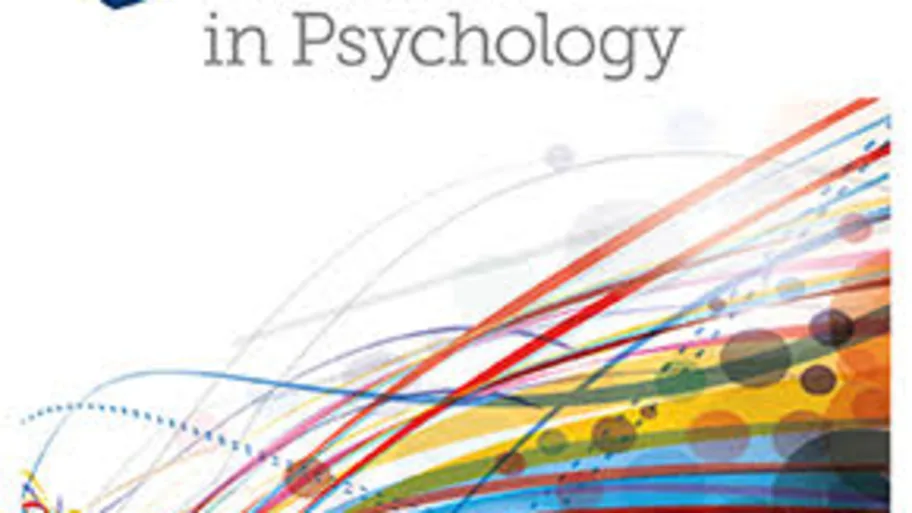
- Science news
- Featured news
- Could coloring our steaks blue help reduce the world’s insatiable demand for meat?
Could coloring our steaks blue help reduce the world’s insatiable demand for meat?
By Prof Charles Spence, University of Oxford

Image: SciePro/Shutterstock
Blue has become an increasingly popular color in drinks and confectionary. Now, Prof Charles Spence of the University of Oxford asks what impact tainting meat blue would have in nudging consumers toward selecting a healthier and more sustainable diet?
Have you ever heard about the infamous blue steak study? According to a story that has been circulating in the academic literature for 70 years, a group of people were once invited for a dinner of steak, fries, and peas.
The lighting was so dim that it was impossible for the guests to discern the food’s true color. During the meal, the lighting was returned to normal suddenly revealing that the steak had been colored blue, the peas red, and the fries green.
Many of the guests apparently immediately ran off to the bathroom to be sick. While this anecdote has appeared in numerous scientific papers over the last half century, typically to illustrate the sometimes aversive influence of (blue) food coloring, it turns out that it may be nothing more than that – a mere anecdote.
According to a review of blue foods that I published recently in Frontiers in Psychology, the blue steak story first appeared in several of the marketing books published by legendary marketer, Louis Cheskin (once known as Madison Avenue’s ‘marketing magician’), starting with his Colors, and What They Can Do first published in 1951.
Failure as a dinner, successful as an experiment
The story has, more or less accurately, been recounted ever since. In fact, the original description is worth quoting in full, given how difficult it is to get hold of a copy of Cheskin’s classic early text:
“Color plays an important part in the enjoyment of food. The appetite is conditioned by the sense of sight as well as by the senses of smell and of taste. The enjoyment of eating is governed by the color almost as much as the taste of the food, as was demonstrated recently at a dinner party given by a lighting engineer.
On the banquet table, when the guests took their seats, were dishes filled with the finest and most appetizing foods. Suddenly the illumination was switched from white to color lights.
The steak took on a bilious gray color, the celery turned extremely pink, salads were converted into a muddy violet, the green peas looked like oversized black caviar, the milk turned blood-red, the eggs blue, and the coffee a sickly yellow.
Most of the guests immediately lost their appetites. Those who forced themselves to eat the food became ill.
In short, the dinner was a failure, but the experiment was a success. It demonstrated conclusively that we eat with the eyes as well as with the senses of taste and smell and that color has real power over the digestive system.”
While blue food coloring has traditionally been associated with artificial, synthetic colors, the last few years have led to the introduction of a number of natural blue food colorings.

G2 – Professor Charles Spence with a red spoon in his experimental psychology lab at the University of Oxford. His research shows that patterns and colours can affect how people perceive the flavour of the food or drink they consume.
15/09/2014…photo by Sam Frost…©2014…phone +44 (0)7790 900704..email sam@samfrostphotos.com…
Prof Charles Spence in his experimental psychology lab at the University of Oxford. Image: Sam Frost
The great irony
Blue has become an increasingly popular color in drinks and confectionary, in part due to the blue-raspberry association and, in part, because of this unusual food color’s Instagram appeal. However, specifically in the case of meat and fish, blue coloring really does appear to be off-putting, perhaps because of an association with mold.
One of the ironies here, of course, being that diners sometimes explicitly ask for their steak to be cooked bleu/blue (ie rare). Blue coloring was added to sliced bacon and to several other foods in a food science study by Christensen published almost 40 years ago.
More recently, Japanese researchers reported that coloring sushi blue also reduces palatability ratings. We may be especially sensitive to off-coloring in meats and fish, given the increased risk of food poisoning and microbial infection (eg, when compared to vegetables).
At one level, the history of the blue steak meal/experiment/anecdote is nothing more than an intriguing culinary myth in the long history of food coloring, as well as offering a salutary reminder for researchers to check their primary sources carefully.
Looking to the future, though, I believe that the idea of deliberately tainting meat blue offers an intriguing opportunity to nudge consumers toward selecting a healthier and more sustainable diet.

Image: Mark Agnor/Shutterstock
► Read original article► Download original article (pdf)
Consider here, by analogy, how legislation has successfully reduced smoking by enforcing drab olive green packaging and standardized typeface. While consuming meat may not be anything like as bad for you as smoking, there is nevertheless a growing consensus that too many of us may be eating far more animal protein than is good for our health.
Furthermore, according to the 2019 EAT-Lancet report, current patterns of food consumption (especially of traditionally farmed animal protein) are unsustainable at a global level. According to the latter influential report’s recommendations, we should all be aiming to consume no more than 100g of animal protein per week in order to eat sustainably, while at the same time minimizing the risks to our health.
Given that traditional approaches to nudging our food behaviors in a more sustainable/healthy direction have thus far mostly had little impact, one might ask what would happen if producers were simply forced to add blue coloring to their meat/fish.
‘Perhaps it is high time we stop dying because of our desire for food color and instead start dyeing our foods to help nudge us sensorially toward healthier eating behaviors’
prof charles spence
Bad taste in the mouth, for some
While it would not, technically, impact the taste/flavor – given that flavor is defined as the integration of gustatory, olfactory, and possibly also trigeminal cues – it would undoubtedly reduce the sensory appeal of animal protein.
I am under little illusion that the farming/fishing lobby would be amenable to such negatively-valanced visual adulteration of their products’ appearance properties, but it’s clear that innovative strategies are urgently needed to sense-hack our food behaviors in order to help address our current unhealthy and unsustainable patterns of consumption.
And surely, adding color to meat to sensorially nudge us toward healthier food behaviors has to make more sense than the current addition of nitrites to bacon.
These well-known carcinogens are primarily added for the purpose of preservation and to enhance the desirable pinkish appearance of the meat. And yet, as highlighted by Bee Wilson’s exposé in The Guardian newspaper in 2018, eating all that attractively-colored bacon is, quite literally “killing us”.
So, if you’ll forgive the word-play, perhaps it is high time that we stop dying because of our desire for food color and instead start dyeing our foods to help nudge us consumers sensorially toward healthier eating behaviors.
Prof Charles Spence is a prize-wining experimental psychologist who researches the factors that influence what we choose to eat and what we think about the experience with the likes of world-leading chefs.
His focus is on applying the latest insights concerning the multisensory nature of perception to everyday life. He is the author of the 2014, Prose prize-winning The Perfect Meal with Betina Piqueras-Fiszman; the international bestseller Gastrophysics: The New Science of Eating and winner of the 2019 Le Grand Prix de la Culture Gastronomique from Académie Internationale de la Gastronomie; and Multisensory Packaging Design_._
His much-anticipated latest book, Sensehacking, was published in January 2021.
If you have recently published a research paper with Frontiers and would like to write an editorial about your research, get in touch with the Science Communications team at press@frontiersin.org with ‘guest editorial’ in your subject line.
REPUBLISHING GUIDELINES: Open access and sharing research is part of Frontiers’ mission. Unless otherwise noted, you can republish articles posted in the Frontiers news site — as long as you include a link back to the original research. Selling the articles is not allowed.






